ART OP-ED
Modern Masters V — when so-called ‘weird’ art is simply too absorbing to be overlooked
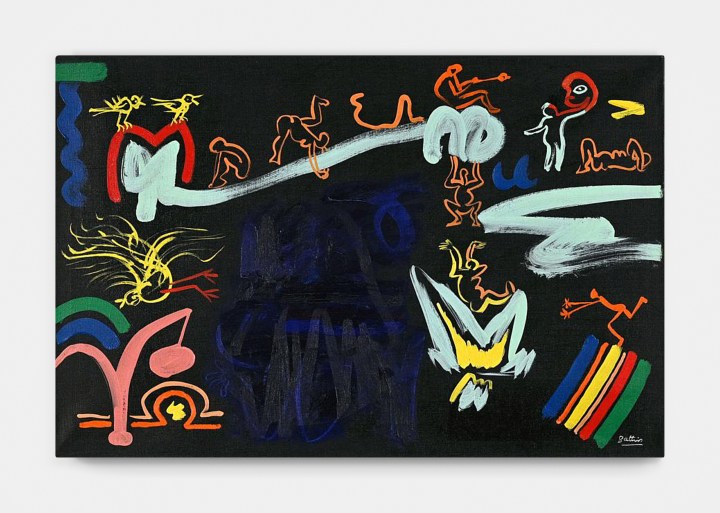
Within the context of Modern Masters V exhibition at Cape Town’s Ebony Curated, beautiful and ‘ugly’ artworks live in harmony, challenging traditional forms — disrupting figuration and distorting our perceptions of the real. Here the garish and the excessive exist alongside the sentimental and the ironic, creating a sense of wholeness and completion.
Sometimes, what makes art ‘good’, is that it is awful. It has the kind of camp sensibility Susan Sontag, the American visual theorist, suggested was good because it was awful, due to allowing us to revel in overtones of the acute, exaggerated and absurd.
Ebony Curated’s fifth iteration of Modern Masters is filled with such artworks — amusing proportions (Office in Charge), wonky perspectives (Kitchen Still Life), fragmentation (Curriculum Vitae) and eerie compositions (Blue Head). The exhibition at their Loop Street gallery focuses on modern art produced in southern Africa before the aughts, encompassing the works of 14 artists, across painting, sculpture and works on paper. The list of artists includes; Walter Battiss, Norman Clive Catherine, Charles Gassner, Hannes Harrs, May (Mary Ellen) Hillhouse, Robert Hodgins, Eugene Labuschagne, Maggie Laubser, Kingsley Sambo, Cecily Sash, Willem Strydom, James Vicary Thackwray, Aart Van Kruiselbergen and Gordon Vorster.
The works in Modern Masters V challenge us to question strict notions of ‘beauty’ concerning the formal qualities of art, causing us to wrestle with the strange. Strangeness is usually unappreciated. Yet, the most fascinating works in this exhibition are those that evoke this quality, such as Hodgins’ smudged Sunset Figures (2007/8), Hillhouse’s vividly rendered African Carnival or skewed Sash’s Still Life with Seed Pods (1954). None of these works bear the generally accepted hallmarks of beauty as we know them — balance, symmetry and harmony but they are evocative… pleasurable even. They offer interesting ways for us to consider what makes an artwork successful.
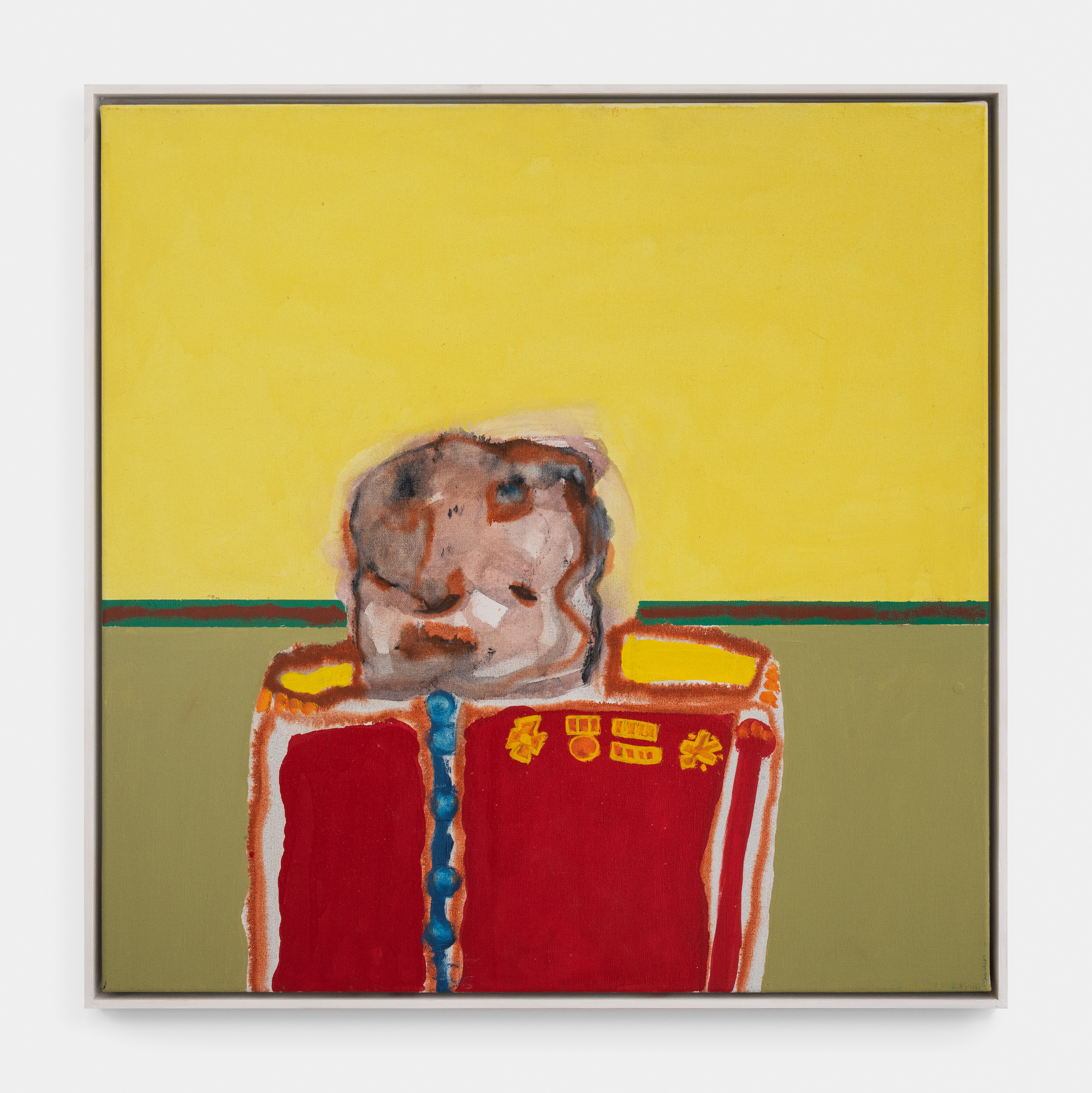
Robert Hodgins, Officer in Charge, 2007, Oil on Canvas. (Image: supplied)
When asked to describe a successful artwork, some people might say beautiful, moving, or on the other hand (particularly due to performance and conceptual art of the 1970s) that art ought to be gory, uncomfortable, puzzling or even upsetting. This exhibition presents an example of pleasant weird art, or what others might term ‘ugly’ art, which is distinguishable from bad art due to a deliberate absurdism as opposed to a lack of skill or vision.
Modern art lends itself to this kind of style, if we think of it as a rejection of painting traditions through experimentation and embracing what is intentionally ridiculous, bizarre or chaotic. This is evident in Battiss’ Blue Head, for instance, which is formulated in a childlike manner — a blue head with yellow pupils overlooks a green devilish monster with red eyes, the kind a kid might make from a sock puppet…anything is possible. These works are weird but they are not poorly executed.
Elsewhere, the impulse to conjure the bizarre and absurd manifests more subtly. Strydom’s works on paper are characterized by small points assembled to make an image. A woman, the size of a hill, is drawn faintly in Female Figure in Landscape. She is within the landscape as well as alongside it as if looking at it from behind her shoulder. Although the work is two-dimensional, it has a highly developed sense of volume. Strydom’s sculptural works are also marked by detailed lines. His sculpture of a mongoose renders this small carnivorous mammal from bronze. It is ugly yet captivating and masterfully crafted.
As I walked through the exhibition, I found myself drawn to these wonderful ‘ugly’ moments. This made me pause to consider what ugliness means in the context of evaluating artworks, that is to say: can we think of ugliness as an aesthetic position?
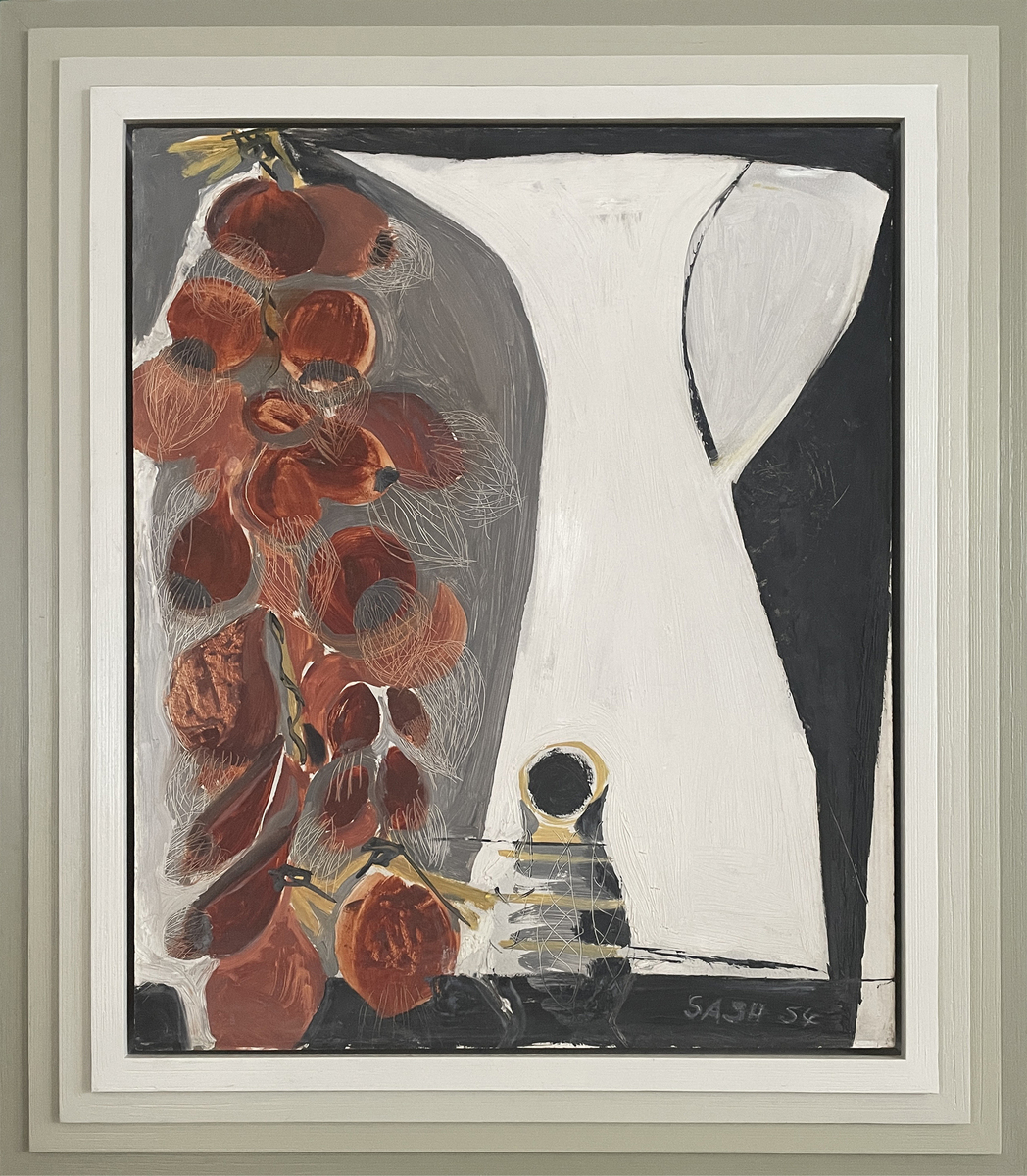
Cecily Sash, Still Life with Seed Pods, 1954, Oil on Masonite. (Image: supplied)
Reflecting on ugly paintings in conversation with writer Katy Kelleher, curator Michael Frank of the Museum of Bad Art, had this to say:
“Calling something ugly is like calling something beautiful. The minute you say it, you’re in a difficult spot, trying to define what that really means.”
In the same conversation, Kelleher reminds us that for centuries the word ‘ugly’ used to carry moral implications, “not only with sickness and deformity but also dishonesty, violence, aggression, and bigotry”. She notes that “the word itself comes from the equally discordant-sounding ugga and uggligr, two Old Norse adjectives that mean “dreadful, fearful, aggressive.” Over centuries, beginning in the fourteenth, the word has shed some of its heavy burden towards a lighter meaning; “unpleasant to look at”.
But of course, beauty and ugly do not negate each other. Beauty is not the opposite of ugly. Both of these states allow us to tap into our emotional centres. Kelleher notes that “studies done in the emerging field of neuroaesthetics (studying how the brain responds to aesthetic stimuli) have found that beautiful paintings and ugly paintings light up the same regions of the brain: the orbitofrontal, prefrontal, and motor regions of the cortex.” This then explains why a masterful ugly painting of a cadet in uniform (Hodgins) can be just as nourishing as a lovely still life of flowers (Maggie Laubser) and how the two can live alongside each other, in conversation with each other.
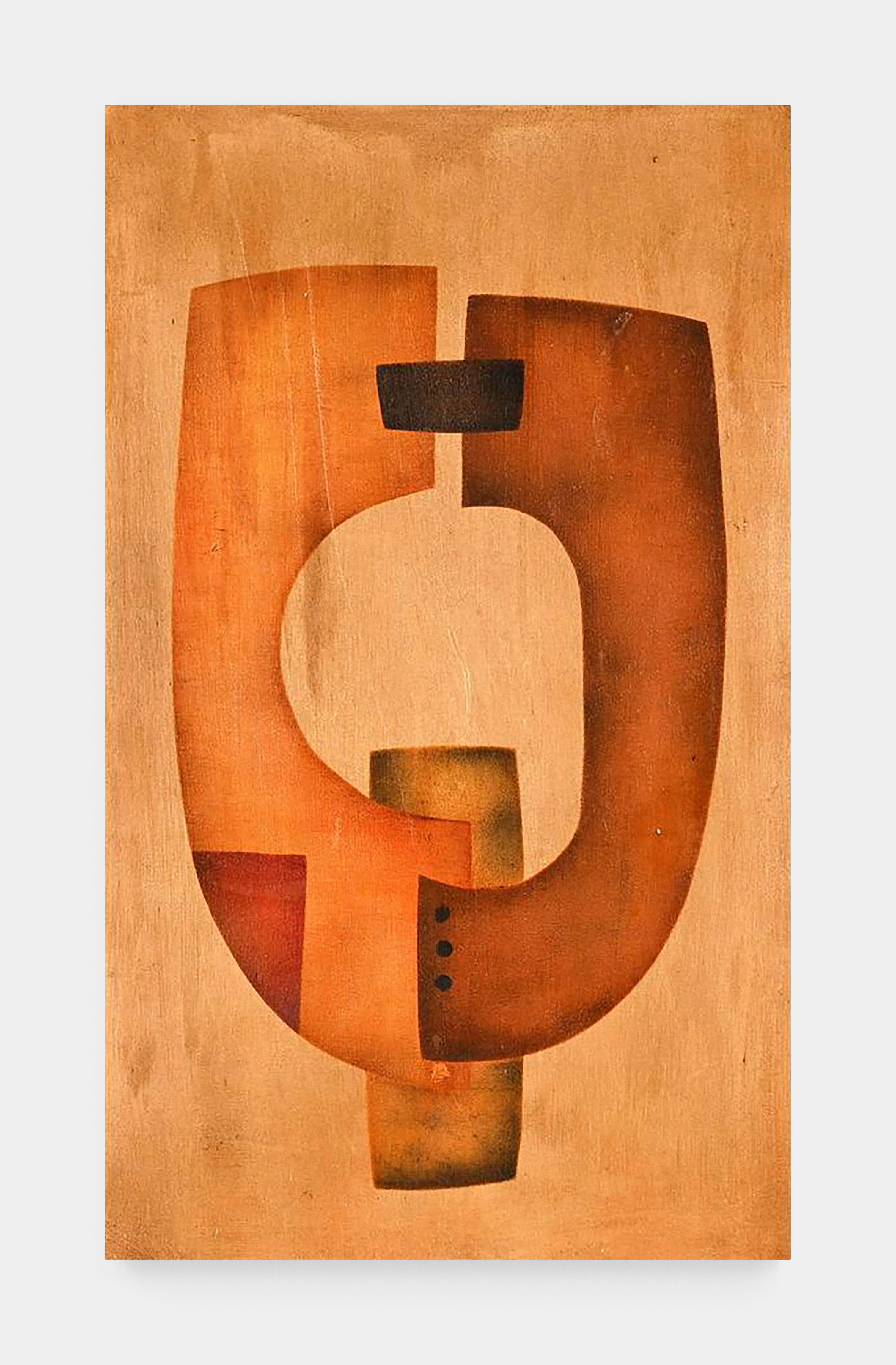
Hannes Harrs, Abstract Composition with Gold, Brown and Red, Oil on Board. (Image: supplied)
Within the context of Modern Masters V beautiful and ugly artworks create a sense of wholeness and completion. These works challenge traditional forms — disrupting figuration and distorting our perceptions of the real. The garish and the excessive exist alongside the sentimental and the ironic. There is a relationship between the uncanny, the ghastly, the ugly and the pleasurable. Through this exhibition, we are reminded that weird art is not bad art. It can lend itself towards the unmistakably modern variant form of sophistication Sontag named Camp. DM
Modern Masters V shows at Ebony/Curated until 16 September.
This text was produced during an independent journalism development project by African Arts Content focused on galleries in Cape Town’s city centre.










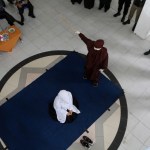









 Become an Insider
Become an Insider
Comments - Please login in order to comment.